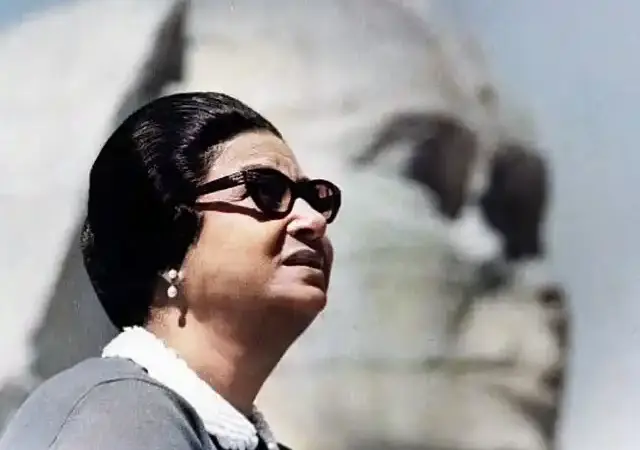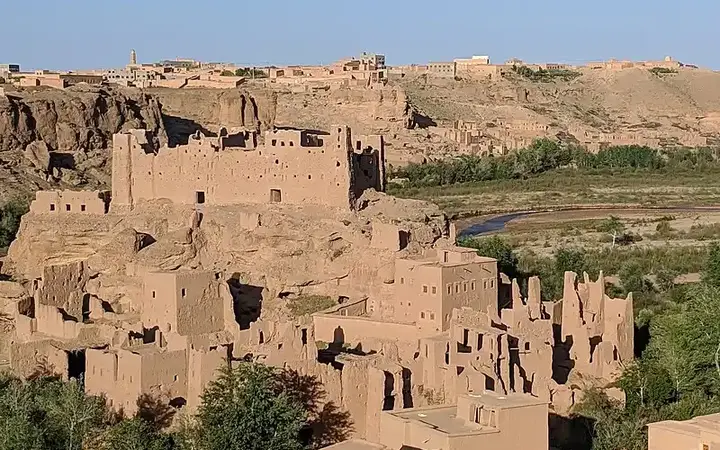5 color effects on how much you eat
Most of us are on diets or diets trying to control how much we eat. Whether you are one of those who are fond of maintaining your weight or those who are making unremitting efforts to lose weight, this topic will open a door for you to the world of colors and how it affects the amount of food you eat at home or abroad.
Show key points
- The color white is linked to overeating as it's commonly used in dinnerware and restaurant decor to unconsciously stimulate appetite.
- Red and orange hues increase hunger by raising heart rate and evoking excitement, which is why they're popular in fast-food branding and interiors.
- Despite red stimulating hunger generally, red plates can trick your brain into thinking portions are larger, helping reduce intake.
- ADVERTISEMENT
- Yellow evokes happiness and celebration across cultures, encouraging overeating during meals and festivities.
- Colors such as blue, purple, black, and brown are effective in curbing appetite by promoting relaxation or dulling the desire to eat.
- The color green encourages healthier food choices, as it is psychologically associated with vegetables and nutritious eating.
- Environment and color schemes both at home and in public places significantly influence how much food people consume.
You've probably heard how eating meals while watching TV makes you eat more than usual. Also, when you return home, if prepared food is your favorite meal, you may tend to overeat. But did you know that colors also play a big role in the amount of food you eat?
It is known that colors play a major role in arousing feelings and senses, and the color of the pot is not limited to this effect, but the colors of the surrounding environment also play a major role in the amount of food you eat at the meal. Together, we will look at these effects until you notice them and perhaps avoid some of them or even resort to them if you need to eat less or more food.
Recommend
1. White color stimulates overeating
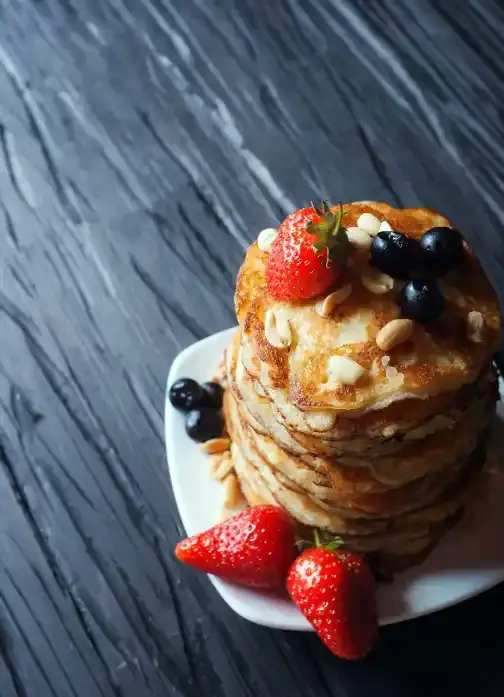
You must have noticed that the dinnerware in most fancy restaurants and fast food restaurants is also white. It is not limited to that, but wall paint is often in white or one of its shades. White is one of the colors that stimulate overeating and overeating.
You were on a diet or wishing me how much food you were eating on me to stay away from eating in white pots.
2- Red and orange colors to open the appetite
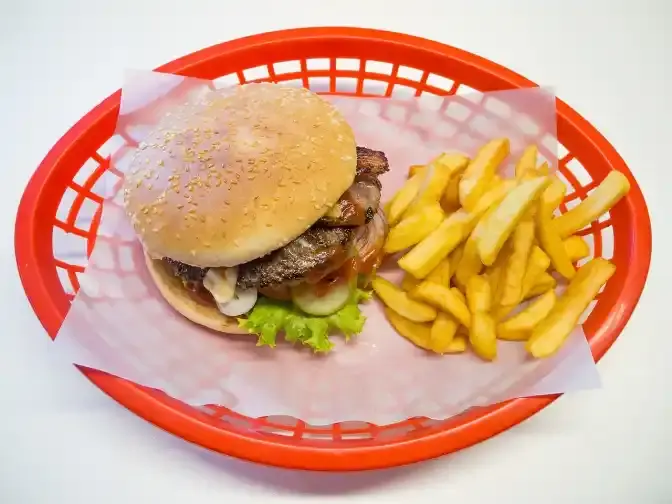
You'll find that most fast-food restaurants tend to use red or orange to design their logos, which are fiery colors. When you drive or walk down the street as soon as you get your eye on the famous restaurant brands, you will find that you are starting to feel hungry even if you have eaten a short time ago.
The red color increases your heart rate, which stimulates the feeling of hunger, many restaurants take advantage of this information and paint their walls red. Orange also feels good and induces hunger.
However, some studies have found the fact that eating on red plates makes you feel that the amount of food is large and therefore you eat limited amounts. The brain associates the red color with warning signs and stop signals, so when eating on red plates, you sometimes feel the need to stop faster or be satisfied with the amount on the plate.
3. Yellow is the color of happiness and overeating
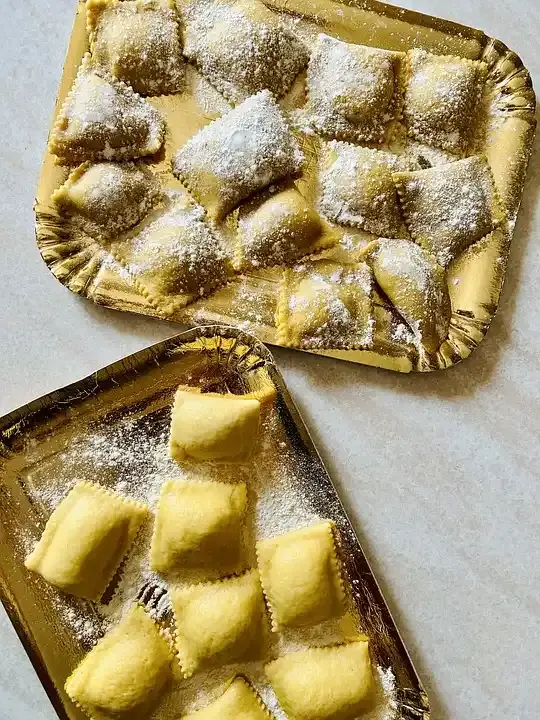
Yellow plays a big role in providing you with a feeling of happiness, joy and celebration. In most cultures, food is associated with happiness and celebration, celebrations of holidays, marriages and birthdays are associated with eating. So, the yellow color, which is also strongly present in the brands of many fast food restaurants, motivates you to eat more.
4- Colors that help reduce appetite

Blue and purple give you a feeling of relaxation and sleep, which greatly reduces your appetite and hunger and therefore tends to consume less food. If you are following a diet, try using blue or white dishes with blue edging, which will help you control the amount of food more.
Black and brown have a clear effect on significantly blocking your appetite and reducing your desire to eat. Restaurants rarely resort to the use of black pots, except in those cases where the amounts of food served are low, so black plates help you feel full faster.
5- Green color stimulates healthy eating
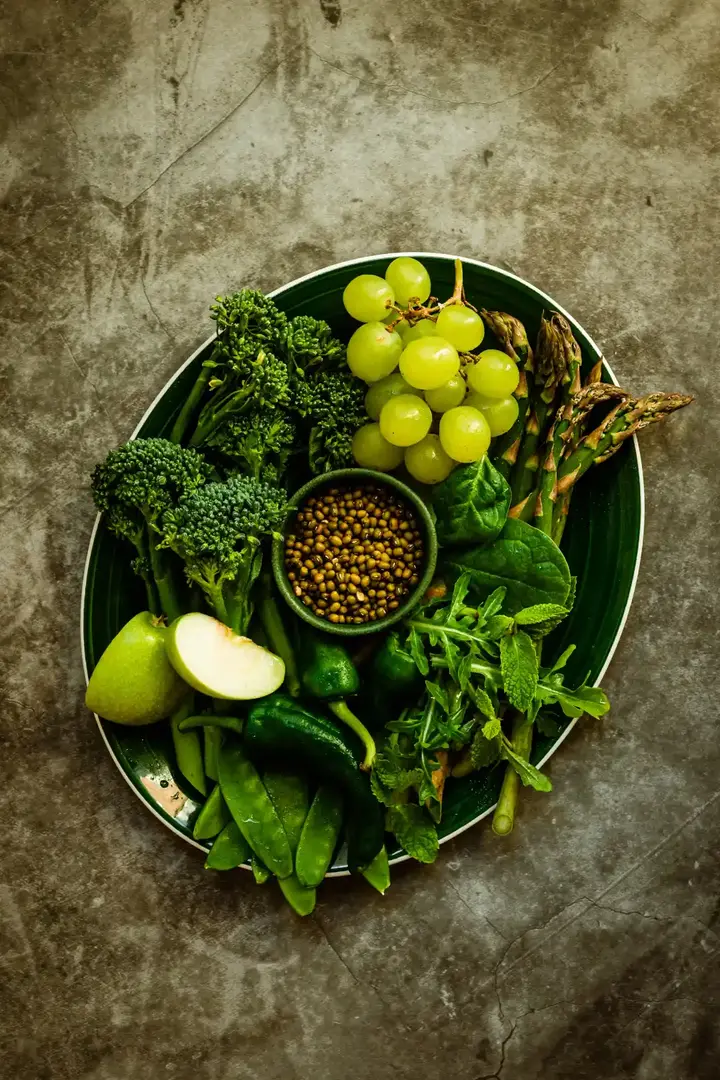
The green color plays a big role in stimulating healthy eating from vegetables, salads and even some fruits. The green color in the brain is associated with beneficial and healthy foods, so green dishes push you to search for food that is similar in color.
![]()
How the nearby supernova left its mark on life on Earth
SN 1181, a mysterious "guest star" seen in 1181, has finally been linked to a rare supernova type called IAX. It left behind a "zombie" white dwarf, puzzling astronomers for centuries. New computer models now align with telescope data, offering fresh insight into this unusual celestial explosion. more- ADVERTISEMENT
![]()
The mysterious abandonment of Cahokia: The Lost City of Ancient America
Once a bustling hub near the Mississippi River, Cahokia was North America's largest pre-Columbian city, known for its massive Monks Mound and smart urban planning. By the 14th century, it was mysteriously abandoned, leaving behind ruins that still intrigue archaeologists and visitors today. more- ADVERTISEMENT
![]()
How exactly to spend your money to maximize happiness, according to the latest science
How exactly to spend your money to maximize happiness, according to the latest science more- ADVERTISEMENT
![]()
Why is um Kulthum known as Our Lady of Egypt?
Oum Kulthum, known as the "Voice of Egypt" and the "Star of the East," captivated millions with her powerful voice and poetic songs. For decades, her live radio concerts united the Arab world, and her legacy still echoes in Egyptian identity and culture. more- ADVERTISEMENT
![]()
Black holes are common, so where are white holes?
White holes, theoretical opposites of black holes, may spit out matter but remain undetected. Though allowed by Einstein’s equations, they defy common physics and lack evidence. Some physicists now wonder if a dying black hole might transform into a white hole—an idea tied to solving deep cosmic mysteries. more- ADVERTISEMENT
![]()
Arabian Desert: What's there to see there?
The Arabian Desert, home to the vast Empty Quarter, is one of the world's driest and hottest places. In Dubai, desert safaris offer thrilling adventures like dune bashing, quad biking, sandboarding, and camel rides—topped off with starlit camping, music, and delicious food for a truly unforgettable experience. more- ADVERTISEMENT
![]()
The ten most lonely things in the world
The loneliest whale in the world sings at a frequency no other whale can hear. The only tree in a 400 km stretch of desert was hit by a drunk driver. A little robot named Curiosity sings “Happy Birthday” to itself every year on Mars. more- ADVERTISEMENT
![]()
Tafilalet Village: Exploring Morocco's Berber Life
Tafilalet, a hidden gem in Morocco, blends ancient Amazigh heritage with stunning desert landscapes. Visitors can explore traditional mud architecture, experience authentic Berber hospitality, and enjoy local cuisine like tagine and dates. It's a perfect escape for those seeking adventure, culture, and a taste of simple, traditional life. more- ADVERTISEMENT
![]()
For an unforgettable photo – your simplified guide to professional photography with minimal potential
You don’t need fancy gear for stunning photos—just train your eye, use natural light, and understand simple photography basics like composition and focus. With a bit of creativity and the phone in your pocket, you can capture amazing shots anywhere. more- ADVERTISEMENT
![]()
You don't lack purpose, you lack focus
You Are Not Lacking Purpose, You Are Lacking Focus more- ADVERTISEMENT















